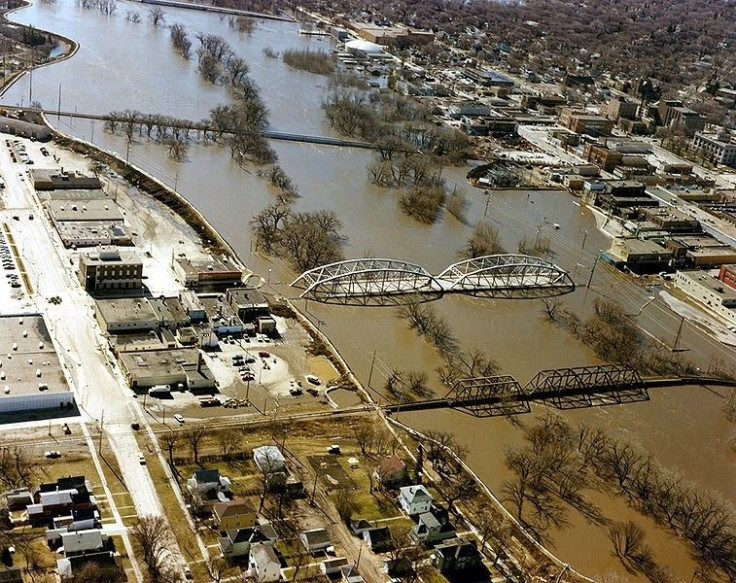The Curious Case Of Missing Carbon: Giant Sink Discovered Beneath China Desert

For a number of years, scientists have been seeking an answer to one question – where does all the carbon dioxide generated by burning fossil fuels go? Now a team of researchers from China and the United States claims to have found the answer, and they say that all the generated carbon gets accumulated beneath the deserts.
It is estimated that each year, nearly 11 billion tons of carbon dioxide are produced. Scientists around the world believe that 5 billion tons remains in the atmosphere and 3 billion gets stored in the oceans around the world. But where is the rest of it?
Some scientists believe all of the remainder is in the tropical and northern forests, while there are a few scientists who believe that some part of the remaining carbon dioxide is sequestered in forests, while the rest remains somewhere in a “carbon sink.”
Now, a team comprising of American and Chinese researchers claim that they have found that missing carbon sink, and it exists beneath the deserts across the globe. The team believes that the aquifers under the deserts might actually be holding more carbon than all the plants on the Earth together.
The researchers studied the flow of water through the Tarim Basin in the Xinjiang region in western China. During the study, the team observed a strange process; the amount of carbon dissolved in the water supplied by the farmers doubled as it passed through the irrigation field. In addition, the researchers observed the plants in the desert were absorbing atmospheric carbon dioxide through their roots.
The researchers further say that the rate of disappearance of carbon dioxide in Tarin Basin is 12 times higher because of agriculture. According to the new study, over its lifetime, the desert aquifers have held nearly 22 billion tons of carbon dioxide in dissolved form.
In the study, published in the journal Geophysical Research Letters, the researchers have estimated that each year, the underground desert aquifers hold 14 times greater carbon than what was estimated earlier.
"The carbon is stored in these geological structures covered by thick layers of sand, and it may never return to the atmosphere. It is basically a one-way trip," said the lead author and a desert biochemist, Yan Li, of the Chinese Academy of Sciences in Urumqi, Xinjiang.
© Copyright IBTimes 2025. All rights reserved.





















